Description
Harmonia conformis
This native Australian ladybird beetle is an entirely new biocontrol product. Bugs for Bugs is excited to make this attractive beetle available for targeted treatment of aphid infestations. The application of this biocontrol agent is still in the research and development stage, but where they have been observed in the field they have proven themselves to be ferocious aphid predators and we are optimistic about the potential for this organisms to be utilised to treat aphid infestations in a wide range of crop environments.
Both adults and larvae feed on aphids, however the bulk of the predation is done by the larvae. Adults have alternative food sources such as nectar and pollen and so they are less dependent on aphids (or similar soft-bodied prey). They can survive when pests are at low levels in the crop, and will search out food for their offspring, laying their eggs amongst colonies of suitable prey.
Key target pests
- Aphids
- Psyllids
Suitable crops/environments
Harmonia ladybird beetles have the potential to be employed for aphid control in a wide range of crop environments including tree crops, vegetables and ornamentals, in both field and protected situations. At this stage we have only limited experience applying this species as introduced biocontrol agents in the field and we cannot guarantee results in any particular crop. We are very keen to receive customer feedback on the performance of this predator in different situations, so please share your experience with us.
At release
Adult beetles are supplied in packs of 30. At point of sale they are already sexually mature, ready to feed on aphids upon release and also lay eggs in the crop to kick start the next generation of hungry larvae! The beetles should be released as soon as possible after arrival. Release onto plant foliage near aphid infestations by gently tapping them out of the container. In the event of adverse weather such as extreme heat or high rainfall, they may be stored for several days before release. This is best done in a dark place at about 17°C. During storage, adult beetles should be given a top up of honey (placed on the inside of the container lid) if the original supply has already been consumed.
Spotted ladybird eggs are supplied in packs of 150 (or more). These eggs may be divided into several seperate containers to minimise the risk of cannibalism once the larvae emerge. The eggs will hatch in transit or shortly after arrival. We provide a small amount of food (sterilised moth eggs) for the ladybird larvae to feed on when they emerge, but the longer they remain confined in a container the greater the risk of cannibalism. Once the eggs have hatched and the tiny black ladybird larvae are visible in the containers it is time to release them – gently tap the contents of each container onto pest-infested plant material. It is important that you find pest hotspots to release the larvae into, because if they don’t immediately find pests to feed on they will begin to eat each other or perish.
Release rates
Further research and development is required to develop ideal release rate guidelines. At this stage we suggest 1 pack of beetles per 20 to 50 m2 in enclosed situations, and 20 packs per hectare in orchards or field crops. Additional eggs can be purchased to treat any hotspots that have been identified.
A note on release rates: Unlike chemicals which generally exhibit a clearly defined dose response curve, with beneficial insects, more is always better. However, they are costly to produce and the goal should be to achieve the best results at minimal cost. We are constantly trying to strike a balance between cost and efficacy. There are many factors that should be considered including the value of the crop, the magnitude of the pest population and the activity (or otherwise) of naturally occurring beneficial species. Also unlike chemicals, where it is common to respond to pest populations that have already exceeded some ‘economic threshold’, we recommend establishing beneficials early in the life of the crop before pest populations reach threatening levels. In most cases our releases are inoculative and we anticipate that our beneficials will establish and breed up within the crop to give long term control. As a general principle, 2-3 releases of modest numbers is better than a single large release – this reduces risk, improves establishment and accelerates the development of multiple overlapping generations of the beneficial species.
After release
After release, adult beetles should rapidly disperse throughout the treated area. They will begin to consume aphids immediately and start to lay eggs amongst aphid colonies. It may take one to two weeks (depending on temperature) before their offspring (the larvae) can be observed feeding on the pest. Regular monitoring is recommended following release to check the beetles are established. Booster releases may be needed in crops with heavy aphid infestations. Do not expect to see adult beetles readily after release. Note that the larvae look very different to the adult beetles.
Where larvae have been released into pest hotspots it should be possible to observe their development as they clean up the target pest. The larvae will grow and moult several times before pupating and emerging as adult beetles.
Cultural practices to aid establishment
Practices that reduce wind and dust will help the ladybirds establish. Avoid releasing beetles where bright lights may attract them away from the release area. In shopping centres and office blocks it is best to release beetles out of hours.
High populations of ants may interfere with the predators and reduce their performance. In these situations ants should be controlled or excluded from the crop. See our ant control blog article for more details.
When releasing adult ladybird beetles, we recommend the use of sleeve cages to aid in the establishment of a local breeding population. You can purchase our beetle bag sleeve cage product or view our tips for establishing a ladybird population blog article for details about how to make your own sleeve cage.
Chemical use
These ladybird beetles are very effective predators of aphids but they may be harmed by pesticides. Drift of pesticides from neighbouring areas should be prevented. Copper and nutritional sprays will usually not harm them and some miticides are also fairly safe. Carbamate, organophosphate and synthetic pyrethroid insecticides are toxic. Some insect growth regulators (IGRs) are also toxic to predatory beetles. If a disruptive insecticide has been applied, a minimum of four weeks should elapse before beetles are released. Where a clean-up insecticide spray is warranted, an application of a selective aphicide is recommended if possible.
Additional information
Our spotted ladybirds are despatched by overnight courier or express post and should be received within one or two days. During transit honey or glucose syrup is supplied as food for adult beetles. Packs of ladybird eggs also contain sterilised moth eggs, providing a food source for the ladybird larvae as they emerge.
Other natural enemies of aphids
There are many natural enemies of aphids including:
- Other ladybird beetles (family Coccinellidae)
- Green lacewings (Mallada signata)
- Brown lacewings (Micromus tasmaniae)
- Hoverflies (family Syrphidae)
- Various parasitic wasps including Aphidius spp.
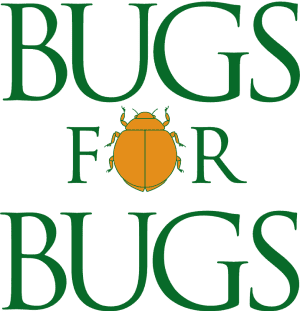

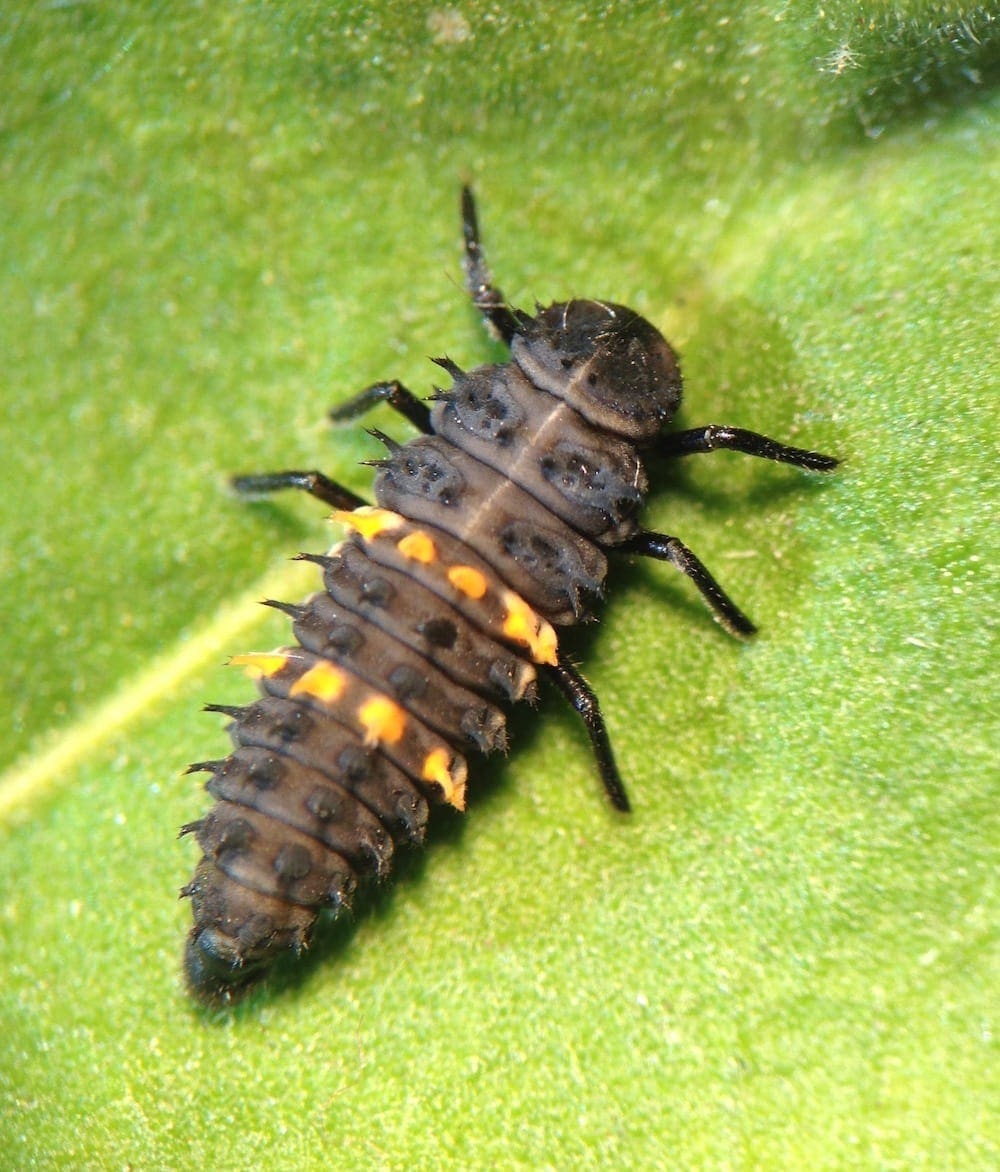
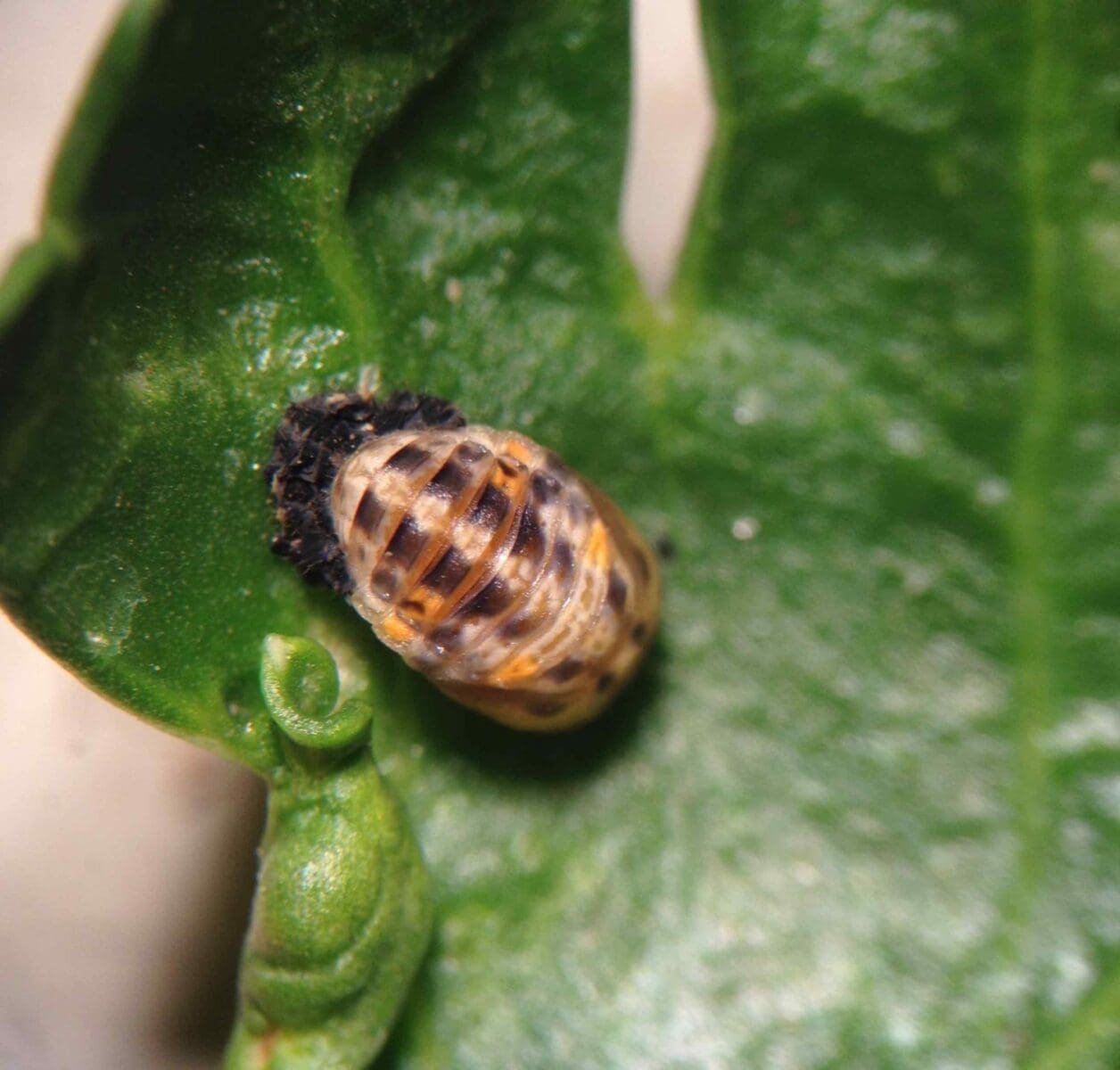

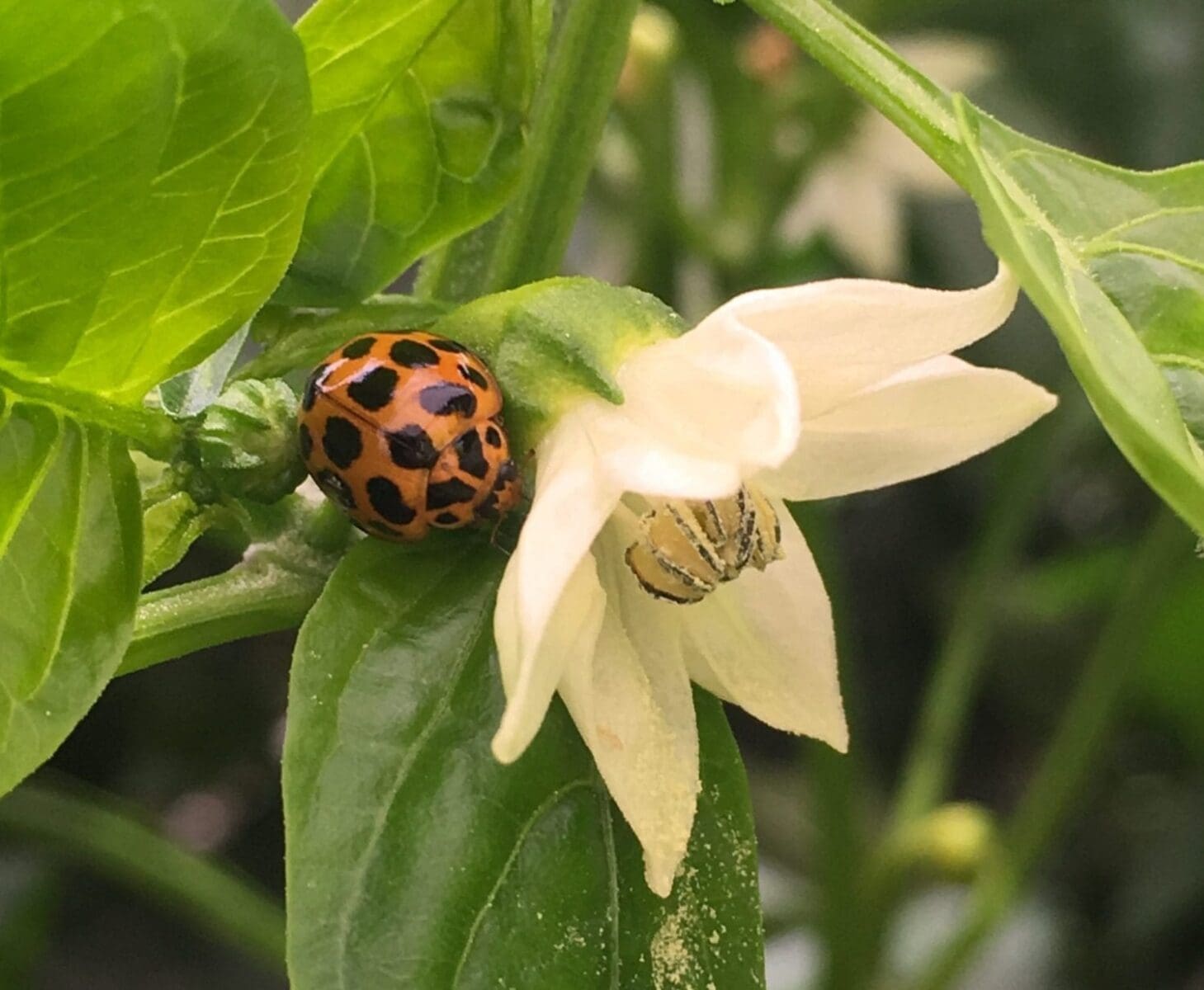
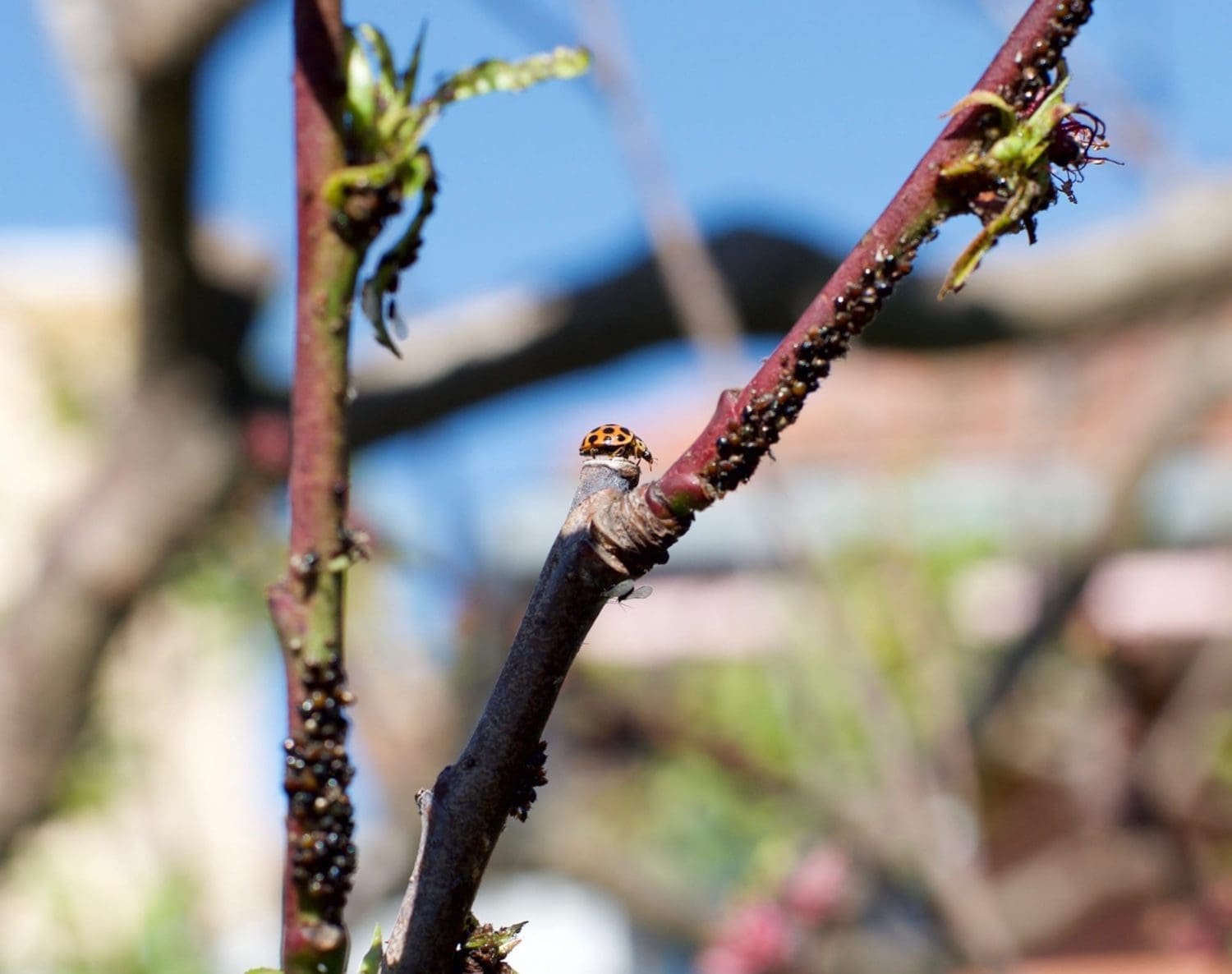
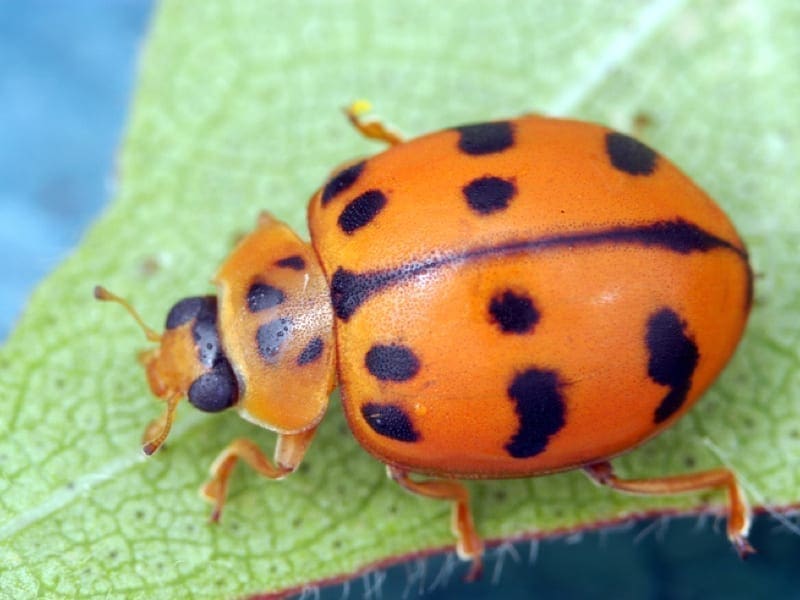
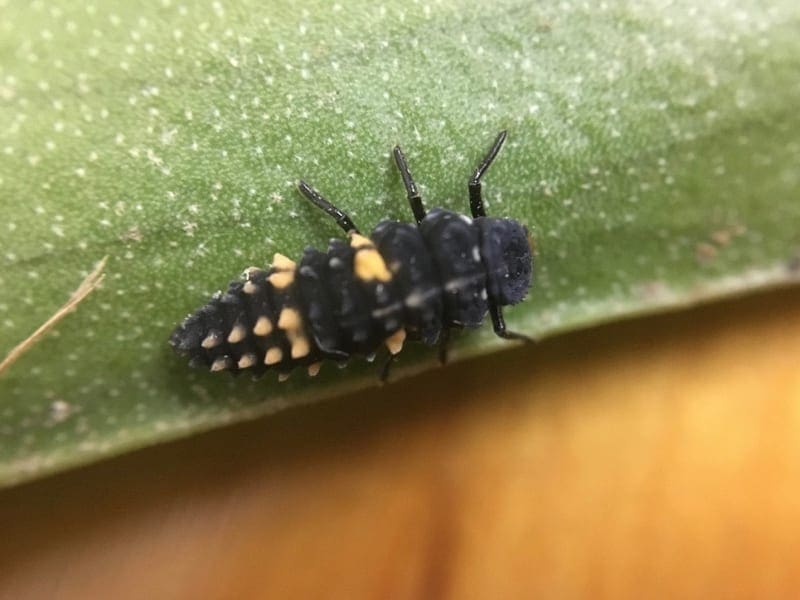
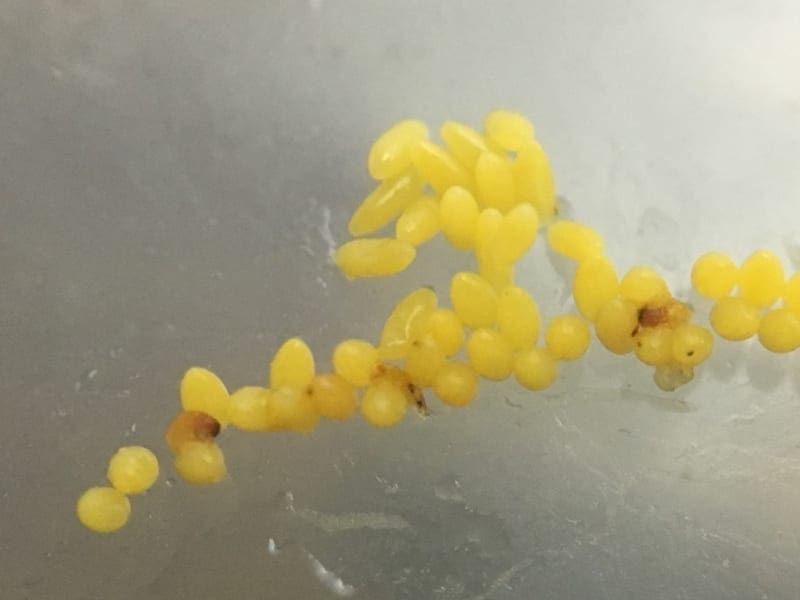

k_londero (verified owner) –
Received my lady beetles very quickly, in healthy condition very well packed. Would definitely purchase from again.
amyelisemilligan (verified owner) –
Ladybugs arrived in a timely manner in great condition, and in time significantly improved an established aphid problem. A quality solution I would definitely recommend – a fun exercise too 🙂
David (verified owner) –
I too tried Ladybugs for an established aphid problem – bugs arrived quickly and in great condition, and pretty much eradicated the pests. A fabulous non-chemical solution – thanks Bugs for Bugs!
Demi (verified owner) –
Highly recommend purchasing these amazing little bugs for pests you may have occurring in your garden…All birds arrived alive and full of beans on release. I have now purchased more and will continue to do so in the future I will always shop with bugsforbugs thanks guys!
Andrew (verified owner) –
I have purchased these little beauties numerous times now to successfully eradicate an aphid infestation on outdoor mandevillas and to successfully remove thrips in a controlled environment. I have found that ladybirds can control a thrip problem just fine if other mites are unable to be used. My reason for not using other bugs is simply based on how other mites are applied to the crops which may interfere with the watering methods that are currently being used. Love your work and will be a regular customer! #savethebees
katfitzy (verified owner) –
We bought 30 live lady bugs, hoping they’d help reduce a psyllid problem infesting trees in our back yard. We were initially dissapointed when the 30 lady bugs dissapeared from the tree after a few days, and the psyllids remained. However, although they didn’t seem to help this problem, suddenly after a week or so – they all re-appeared on my front garden zucchini plants where they have been very happily consuming some mould infecting the leaves. I’ve counted 30!! I couldn’t believe they re-appeared and I still have the same number as I started with. I’m still looking for a solution for the psyllids however… !! I’m curious to observe more about the lady bugs and their potential as a garden helper.